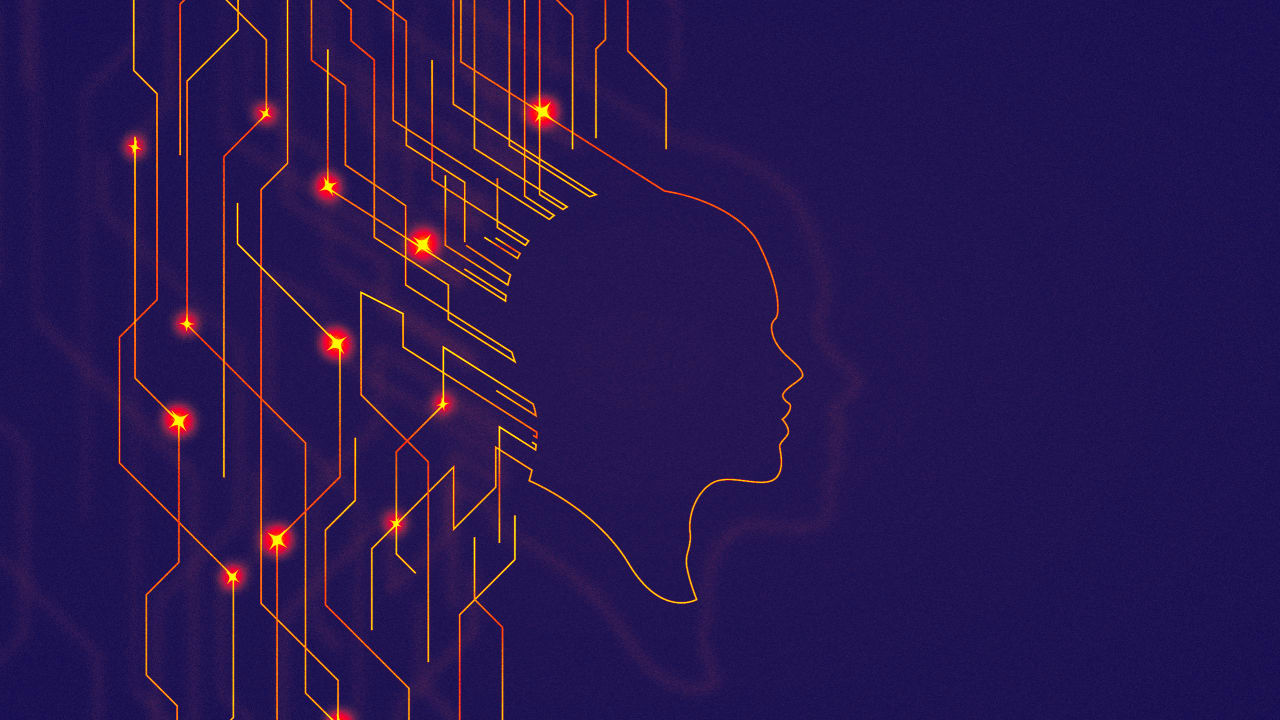[ad_1]
AI is no longer a fringe technology sitting on the sidelines of innovation. It’s already influencing who gets hired, how diagnoses are made, what products we prioritize, and even which creative ideas rise to the top. But the most urgent leadership question isn’t how fast we adopt AI. It’s how deeply we integrate our humanity alongside it.
As a leadership adviser, I have worked with executives navigating complex, high-stakes transformations. The leaders who thrive in this new landscape aren’t the ones chasing every shiny new tool, nor are they the ones retreating into nostalgic resistance. They are the ones who have learned to bring more of themselves into the room: their discernment, their emotional intelligence, and their narrative insight.
Because when machines get smarter, humans must become better stewards of meaning.
Beyond the Binary: A New Leadership Mandate
We live in a world addicted to binaries: human or machine, analog or digital, automate or resist. The future won’t be built in absolutes, according to a joint study by MIT Sloan Management Review and the Boston Consulting Group. Some 85% of companies who have implemented AI tools in their work report that it has brought them tangible business value. Yet fewer than 20% have redefined the roles and capabilities of their workforce alongside those tools.
Technology is accelerating rapidly, while human systems are lagging behind. To close that gap, we need a new leadership lens—one that doesn’t just examine what AI can do but also asks what kind of world we’re creating with it.
Introducing the HIT Framework for Human-Integrated Thinking
AI doesn’t need to replace human thinking; it should expand it. We don’t need to out-compute machines, but we do need to out-human them.
That starts with cultivating the very traits that make us irreplaceable: the ability to imagine, empathize, and make meaning. The HIT Framework, or Human-Integrated Thinking, is a call to action for modern leaders. It has three core capacities:
1. Humility. In the age of algorithms, humility becomes a superpower. It allows leaders to admit what they don’t know, to question machine decisions, and to build cultures where challenging the output is not just allowed but expected.
In my work with a multinational services firm, we introduced an “AI Oversight Council” composed of technical experts, ethicists, and frontline employees. Emotional intelligence was just as important as engineering know-how. The result? More inclusive innovation and stronger decision-making accountability.
2. Imagination. AI can extrapolate based on what’s already known. But only humans can envision what has never existed.
At Pixar, creators use AI tools to iterate on lighting and character rendering, but the heart of storytelling remains deeply human. In leadership development retreats I facilitate, we use metaphor, visual facilitation, and speculative prompts to prototype not just strategies, but alternative futures. Imagination isn’t soft; it’s structural.
3. Trust-building. AI might simulate empathy, but it can’t build trust. That requires presence, consistency, and compassion. When AI is used in areas like hiring, product design, or healthcare, the human layer must ask: What’s the emotional impact of this decision?
In one life sciences organization I supported, a new AI initiative stalled until leaders reframed the rollout as a human experience, not a technical one. We designed storytelling rituals that allowed employees to share how the changes affected their work and their personal identity. It wasn’t about winning hearts and minds. It was about honoring them.
The Cost of Ignoring the Human Factor
Unchecked, AI systems will reinforce bias, scale inequity, and prioritize efficiency over dignity. A report from the World Economic Forum cites curiosity, emotional intelligence, and interdisciplinary collaboration as among the most critical competencies for the future of work. But how many org charts actually reward those traits? To lead in this era, executives must be able to toggle between data and emotion, logic and empathy, code and context. We need leaders who can read a spreadsheet and a room with equal fluency.
The turning point in that same life sciences company didn’t come from better code. It came when the executive team made a human shift. They stopped talking about AI in abstract terms and began reflecting on how it would change their relationships with employees, with patients, and with themselves. They invited facilitators, designers, and frontline voices into the quarterly business review. They stopped asking, “How do we implement this?” and started asking, “Who do we want to become through this?” That single question reoriented the conversation from compliance to transformation.
The story of AI isn’t finished, and it’s not being written by code alone. It’s being coauthored by the choices we make every day: how we show up, what we measure, who we include, and what kind of intelligence we prioritize.
AI will continue to evolve, but the leaders who rise with it won’t just automate workflows; they will humanize systems, cultivate wisdom, and bring courage, imagination, and care to a world that desperately needs it. Because the real competitive edge isn’t in how fast you adapt to technology—it’s in how fully you choose to remain human.
[ad_2]

